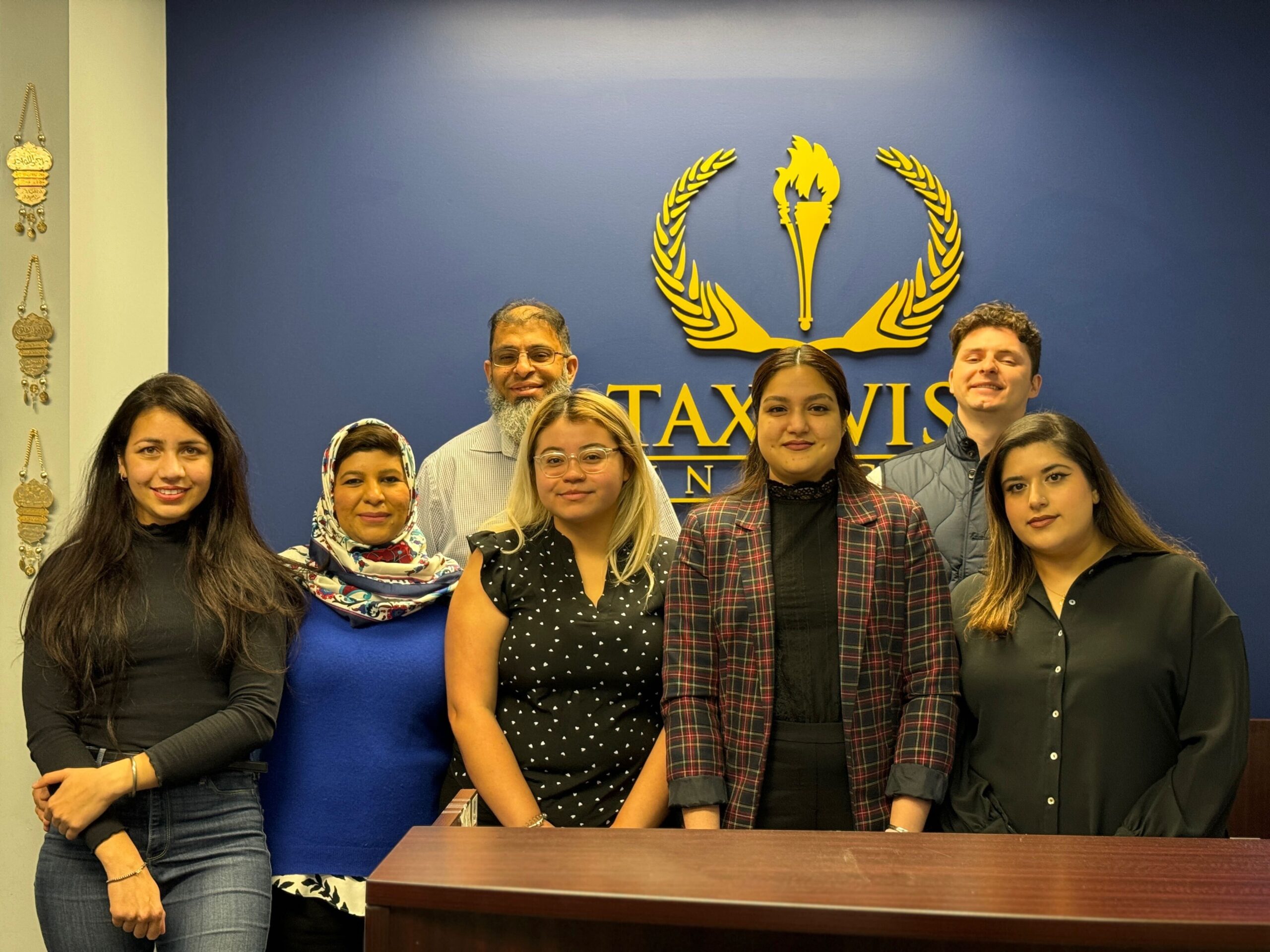
Introduction: Maximize Your Traditional IRA Tax Savings in 2025
Looking for smarter ways to cut your tax bill and save for retirement? The Traditional IRA tax savings strategy can be a game-changer — especially for couples where one spouse doesn’t earn an income.
In 2025, higher IRA contribution limits and favorable tax rules make it easier for non-working spouses to build wealth and reduce household taxes. By funding two Traditional IRAs — one for each spouse — you can potentially double your retirement savings and tax deductions.
💡 Quick insight: Many families overlook the spousal Traditional IRA rule that allows the working spouse to fund both accounts for double the benefit.
What Is a Spousal Traditional IRA?
A spousal Traditional IRA is a retirement account for a non-working spouse, funded by the working partner’s income. It’s not a special type of IRA — it simply allows both partners to take advantage of Traditional IRA tax savings, even if one doesn’t earn a paycheck.
Key Points
- Must file a joint tax return.
- The working spouse must have enough earned income to cover both contributions.
- Each spouse has their own IRA account.
- Both may qualify for a tax deduction on contributions, depending on income and workplace plan coverage.
This approach ensures both spouses build retirement assets and benefit from the same tax-saving investments.
Traditional IRA Contribution Limits and Rules for 2025
Contribution Limits
For the 2025 tax year, contribution limits are:
- $7,000 per person (under age 50)
- $8,000 per person (age 50 or older, including catch-up)
That means a married couple could contribute up to $14,000 (or $16,000 if both are 50+) in total IRA contributions — all potentially tax-deductible.
Deductibility
Your ability to deduct contributions depends on:
- Income level (Modified Adjusted Gross Income)
- Filing status (must be joint)
- Whether the working spouse has a workplace retirement plan
You can verify income limits using the IRS Traditional IRA contribution page.
Can One Spouse Fund Both IRAs for Double the Tax Savings?
Yes — and this is where Traditional IRA tax savings truly shine.
If you’re married and filing jointly, the working spouse’s earned income can fund two Traditional IRAs — one for each spouse. The key is that total earned income must cover the combined contributions.
Example
- Spouse A earns $90,000 in 2025.
- Spouse B does not work outside the home.
- Both are under 50.
They can contribute $7,000 to each IRA, totaling $14,000 — and potentially deduct the full amount if they meet IRS income limits.
💰 That’s double the contribution, double the Traditional IRA tax savings, and double the retirement growth potential.
Why the Traditional IRA Is Ideal for Non-Working Spouses
The Traditional IRA is particularly powerful for non-working spouses because it allows them to:
- Build retirement savings in their own name
- Benefit from tax-deferred investment growth
- Receive an immediate tax deduction (if eligible)
Tax-Saving Highlights
- Contributions may lower your taxable income for the year.
- Investments grow tax-deferred until retirement withdrawals.
- In retirement, withdrawals are taxed as ordinary income — ideally when your tax rate is lower.
This flexibility allows families to balance their taxable income today and future retirement needs effectively.
Smart Investment Choices for IRA Tax Savings
A well-funded IRA is only as good as how it’s invested. The right investment mix can multiply your Traditional IRA tax savings through long-term compounding.
Investment Options
- Index Funds & ETFs — Low-cost, diversified exposure to stocks and bonds.
- Target-Date Funds — Automatically adjust your risk level as you near retirement.
- Dividend Stocks or REITs — Great for tax-deferred growth within a Traditional IRA.
- Bonds or Treasury ETFs — Provide stability and income potential.
Pro Tip
Allocate higher-growth assets (like equities) inside your Traditional IRA to take full advantage of tax-deferred growth. Keep more tax-efficient assets (like municipal bonds) in taxable accounts.
Traditional IRA Tax Planning Strategies for 2025
To optimize your Traditional IRA tax savings in 2025:
- Max Out Contributions Early
- The sooner you contribute, the longer your investments can grow tax-deferred.
- Coordinate with Employer Plans
- If one spouse has a 401(k), ensure you stay under the joint deduction phase-out limits.
- Consider Catch-Up Contributions
- If age 50+, use the extra $1,000 to accelerate retirement savings.
- Balance Traditional and Roth IRAs
- A mix of both offers tax flexibility later. Check out our post on Roth vs. Traditional IRA: Which Is Best for You?.
- Reinvest Your Tax Refund
- Use any refund generated from the deduction to boost your next IRA contribution.
Common Mistakes to Avoid
Even with the best intentions, some couples miss out on full benefits:
- ❌ Not filing jointly (disqualifies the spousal IRA)
- ❌ Contributing more than the earned income limit
- ❌ Forgetting the deduction phase-outs
- ❌ Withdrawing before age 59½ (10% penalty may apply)
- ❌ Ignoring state-specific tax rules
Stay informed and double-check IRS rules before filing to ensure you’re getting every dollar of Traditional IRA tax savings you deserve.
Step-by-Step: How to Set Up a Spousal Traditional IRA
- Confirm Eligibility (Joint return, earned income)
- Open Two Accounts — One for each spouse
- Contribute Up to the Limit ($7,000 or $8,000 each in 2025)
- Select Investment Mix (Stocks, bonds, ETFs)
- Claim the Deduction on Taxes (if eligible)
- Review Annually — Adjust contributions or asset allocation as your income changes
Long-Term Benefits: Compounding and Retirement Security
Over time, your contributions and tax savings compound significantly.
For example, if you and your spouse each contribute $7,000 annually and earn a 6% return, you could grow over $540,000 in 25 years — much of it thanks to Traditional IRA tax savings and tax-deferred compounding.
That’s the beauty of starting early — every dollar saved in taxes now can work harder for your retirement later.
Conclusion: Double the Benefits, Double the Savings
A Traditional IRA offers one of the best opportunities for married couples to reduce taxes and secure their financial future. For non-working spouses, it’s not just about saving — it’s about owning a piece of the family’s retirement success.
In 2025, take full advantage of Traditional IRA tax savings by contributing for both spouses, investing wisely, and staying consistent year after year.
At TaxWise Corp, we help small business owners across the USA navigate the complex tax landscape, optimize deductions, and protect their financial future. Don’t leave money on the table, start planning today!
Contact TaxWise Corp to schedule your 2025 Tax Planning Consultation and ensure your business saves every possible dollar.


